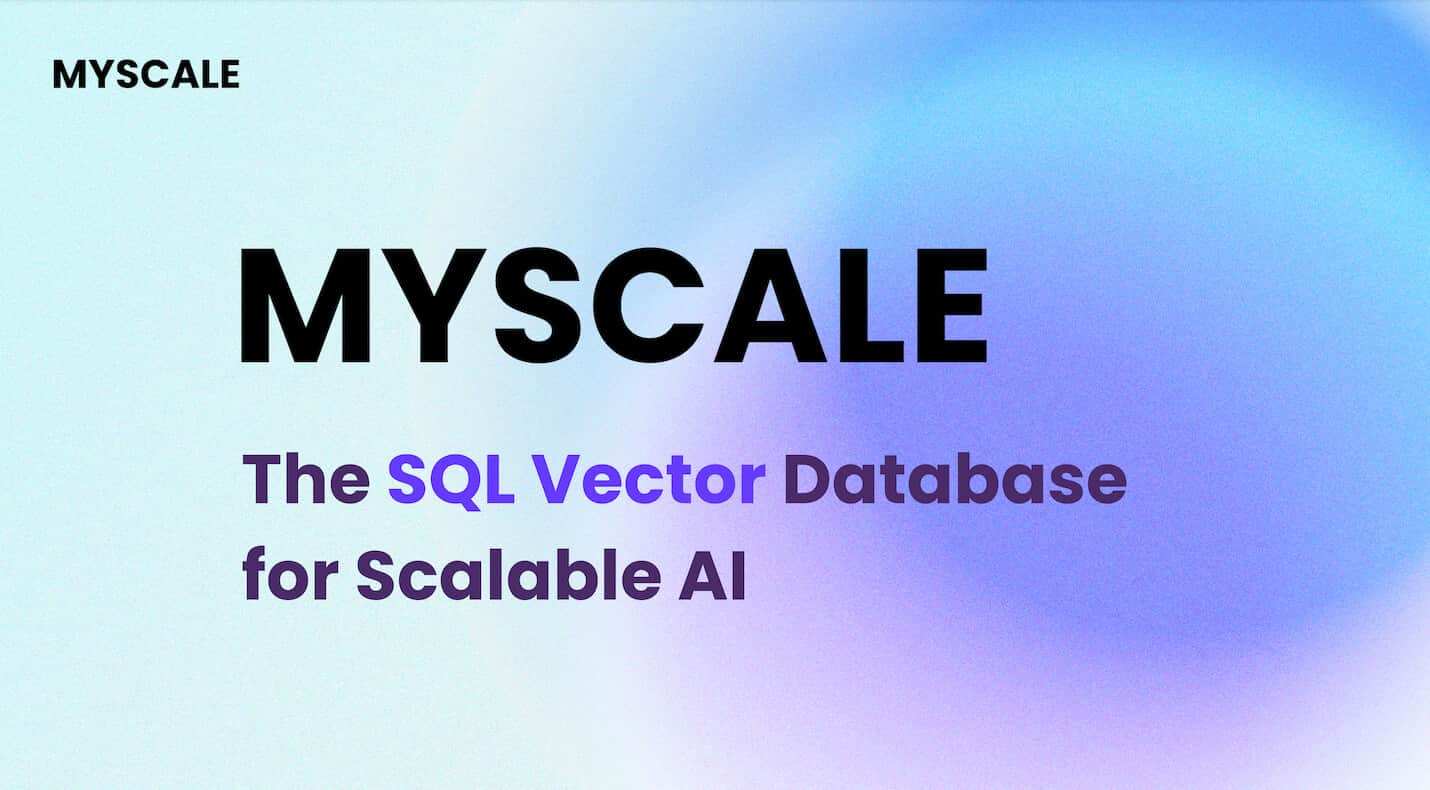
When navigating the realm of AI frameworks, selecting the optimal one is paramount. AutoGen (opens new window) and LangChain (opens new window) emerge as key contenders in this arena. AutoGen, a robust LLM application framework (opens new window), harnesses multiple agents for collaborative problem-solving. On the other hand, LangChain shines with its pre-trained models and streamlined integration with LangGraph (opens new window). This blog embarks on a journey to dissect these frameworks, aiming to unveil which reigns supreme in the AutoGen vs LangChain debate within the AI landscape.
# AutoGen vs LangChain: Overview
In the realm of AI frameworks, AutoGen and LangChain stand out with their unique offerings. When comparing AutoGen vs LangChain, key differences come to light that can impact decision-making.
# AutoGen vs LangChain: Key Differences
# Customization Capabilities
AutoGen presents conversable agents that offer extensive customization options. These agents can seamlessly integrate LLMs, humans, and tools, fostering dynamic conversations and a unified multi-agent conversation framework.
On the other hand, LangChain focuses on NLP tasks and provides a user-friendly interface for efficient operations. It emphasizes pre-built models tailored to specific needs (opens new window).
# Integration and Ecosystem
The strength of AutoGen lies in its ability to integrate various components with ease. Its ecosystem supports diverse integrations, enhancing the overall functionality of the framework.
In contrast, LangChain prioritizes a streamlined approach to integration within its ecosystem. This focused strategy ensures smooth interactions between different modules, optimizing performance.
# AutoGen vs LangChain: Use Cases
# Collaborative AI Applications (opens new window)
AutoGen excels in facilitating collaborative AI applications where multiple agents work together seamlessly. This collaborative approach enhances efficiency and productivity in complex tasks.
Conversely, LangChain caters to use cases requiring pre-trained models and flexibility in NLP-related applications. Its structured framework simplifies the development process for such scenarios.
# AutoGen: Features and Benefits
# Multi-Agent Collaboration
# Communication Efficiency (opens new window)
When Autogen steps into the realm of multi-agent collaboration, it revolutionizes communication efficiency. Agents seamlessly interact, sharing insights and feedback to enhance task performance. This streamlined communication approach ensures that every agent is synchronized, leading to a harmonious workflow where tasks are completed swiftly and accurately.
# Task Completion
Task completion under Autogen's multi-agent collaboration umbrella is a symphony of efficiency (opens new window). Each agent plays a vital role in the task at hand, contributing its unique capabilities to achieve the desired outcome. With a collective effort from multiple agents, tasks are not only completed promptly but also with precision and accuracy, showcasing the power of collaborative problem-solving within the framework.
# Customization and Versatility
# Open Group Discussions
Autogen opens doors to dynamic open group discussions among agents with distinct roles. These discussions serve as breeding grounds for innovative ideas and solutions. By fostering an environment where agents can freely exchange thoughts and perspectives, Autogen cultivates creativity and promotes out-of-the-box thinking, ultimately leading to groundbreaking developments within applications.
# Application Development
In the realm of application development, Autogen stands tall with its versatility and adaptability. The framework empowers developers to create robust applications tailored to specific needs. Through seamless integration of multiple agents with diverse functionalities, developers can explore endless possibilities in application design and functionality, ensuring that each application developed using Autogen is unique and optimized for performance.
# LangChain: Features and Benefits
# Pre-trained Models
LangChain boasts a remarkable feature set that includes pre-trained models designed to streamline AI development. These models, meticulously crafted and optimized for efficiency, serve as the cornerstone for rapid application deployment. Leveraging these pre-trained models within the LangChain framework empowers developers to expedite their projects without compromising on quality or performance.
# Ease of Use
Navigating the complexities of AI frameworks can be daunting, but with LangChain's intuitive interface, this challenge becomes a thing of the past. The platform prioritizes user experience, offering a seamless journey from concept to execution. Developers can effortlessly harness the power of LangChain's pre-trained models, unlocking a world of possibilities with just a few clicks.
# Integration with LangGraph
In the realm of AI ecosystem integration, LangChain sets itself apart through its seamless connection with LangGraph. This integration not only enhances the interoperability between different modules but also enriches the overall functionality of the framework. By bridging the gap between data processing and graphical representation, LangChain paves the way for comprehensive AI solutions that transcend traditional boundaries.
# Control Over Information Flow
Empowering users with granular control over information flow is where LangChain shines brightest. The framework offers robust tools for data management (opens new window), ensuring that every piece of information is handled with precision and care. From data acquisition to storage and retrieval, LangChain provides a secure environment where data integrity (opens new window) is paramount.
# Security Features (opens new window)
In today's data-driven landscape, security is non-negotiable, and LangChain recognizes this imperative by embedding cutting-edge security features within its framework. Through advanced encryption protocols (opens new window) and access controls (opens new window), LangChain safeguards sensitive information from unauthorized access or breaches. With a focus on fortifying data protection measures, LangChain instills confidence in users regarding the safety and integrity of their valuable data.
In summary, the comparison between AutoGen and LangChain reveals distinct strengths in customization and collaboration. AutoGen shines in multi-agent applications, fostering dynamic conversations. On the other hand, LangChain excels in pre-trained models and streamlined integration with LangGraph.
The author firmly asserts that while both frameworks offer unique benefits, AutoGen's collaborative approach stands out for complex tasks. For tailored NLP applications, LangChain's pre-built models provide a seamless experience.
Depending on the use case, it is recommended to leverage AutoGen for collaborative projects requiring extensive customization and communication efficiency. Conversely, opt for LangChain when focusing on NLP tasks with pre-trained models and controlled information flow.



